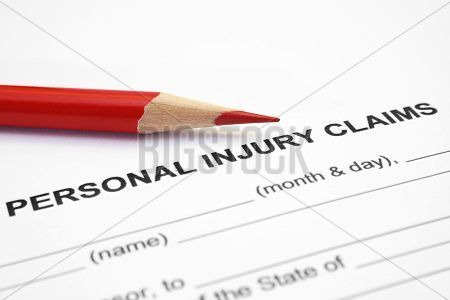CHANGES TO THE HIGHWAY CODE – New rules of the road to drive a change of attitude
From Saturday 29 January 2022, there will be some fairly significant changes to the Highway Code. If you are a road user, these changes will affect you, and you need to know about them.
Many of the rules in the Code are legal requirements. Such rules are identified by the use of the words ‘MUST/MUST NOT’. Disobeying these rules has always been a criminal offence. Failing to comply with the other (‘should/should not’) rules will not, in itself, cause a person to be prosecuted, but the Code may be used in evidence in any court proceedings to establish liability.
Hierarchy
One of the stated aims of the new Code is to promote a healthy, sustainable and efficient transport system, hence a new emphasis on protecting pedestrians and cyclists.
There is now a confirmed ‘hierarchy of road users’, which is simple: those most likely to be hurt in a collision are at the top of the hierarchy. Those at the bottom bear the greatest responsibility to take care of the ones at the top.
In fact, this is the way that courts, for a long time, have determined liability, recognising that a vehicle is, essentially, a ‘potentially dangerous weapon’, and, therefore, car drivers have a greater ‘causative potency’ to cause injury to cyclists and pedestrians. So, this is unlikely to be a game-changer in personal injury cases, but it may start to change attitudes: for drivers who once thought they had priority, the new Code makes it clear they do not.
Considerate to cyclists
The new Code acknowledges that it may be safer for cyclists to ride two abreast, particularly in larger groups or when accompanying children.
Drivers may increasingly see cyclists taking up a more central position in the road. The Code recommends that cyclists leave a door’s width when passing parked vehicles. Cyclists on quiet roads are also advised to ride in the centre of the road, moving to the left to allow vehicles to overtake. They are recommended to ride in the centre of the road, where the road narrows or at the approach to junctions, so as to avoid being overtaken, where the cyclist considers it would be unsafe for drivers to overtake.
In slow moving traffic, drivers should allow pedestrians and cyclists to cross in front of the vehicle. When overtaking, drivers should leave at least 1.5m gap between car and cyclist, and more when overtaking at higher speeds. Pedestrians need 2m of space if walking on the road. If you can’t overtake with that gap, you should follow behind.
The Code introduces the so-called, ‘Dutch reach’, which is that, where drivers are able to do so, they should open the car door using the hand on the opposite side to the door they are opening, which makes the driver turn their head and look over their shoulder, to avoid causing injury to passing cyclists/motorcyclists, or pedestrians on the pavement.
Protecting pedestrians
The new ‘H2’ rule states that drivers, motorcyclists, and cyclists should give way to pedestrians who are waiting to cross at a side road or junction, or waiting to cross a zebra crossing, not just when they have started to cross.
In case there was any doubt about using electric scooters on a pavement, the Code confirms only pedestrians (including wheelchairs and mobility scooters) may use the pavement.
For the increasing number of drivers who will be charging electric vehicles, the Code states that they should avoid creating a trip hazard for pedestrians from trailing cables.
And, whereas it was always recommended for cyclists to fit a bell to their bicycle, the new Code tells cyclists they should do so, to be able to alert pedestrians.
Good intentions are no defence
Interestingly, the new Code adds a warning that drivers may be driving dangerously or travelling too fast, even if they don’t mean to. This is, perhaps, a reminder to the vast majority of drivers who consider themselves to be safe, but nevertheless a small minority of whom each year find themselves facing serious criminal charges after having caused an accident, perhaps after only a momentary lapse of concentration. They will not be immune from prosecution, just because they did not mean to drive dangerously.
Let’s hope these changes encourage everyone to be more considerate and aware of all road users, and help drive down the number of accidents and serious injuries occurring on our roads each year.
*****
Bartons have specialist personal injury lawyers who will act on a “no-win, no-fee” basis, and will not charge a success fee. We are happy to take on cases nationwide, no matter where the injured person is based.
If you have had an accident, or if you have a question about bringing a personal injury claim in respect of a serious injury, please get in touch with us.
Contact Bartons Plymouth – Tel: +44 (0)1752 675740 – E-mail: plymouth@bartons.co.uk
Bartons Solicitors : serious injury : no success fee



